Chef puts eco-bullies on the menu
A New Orleans meal shows even environmental scourges can be mighty tasty
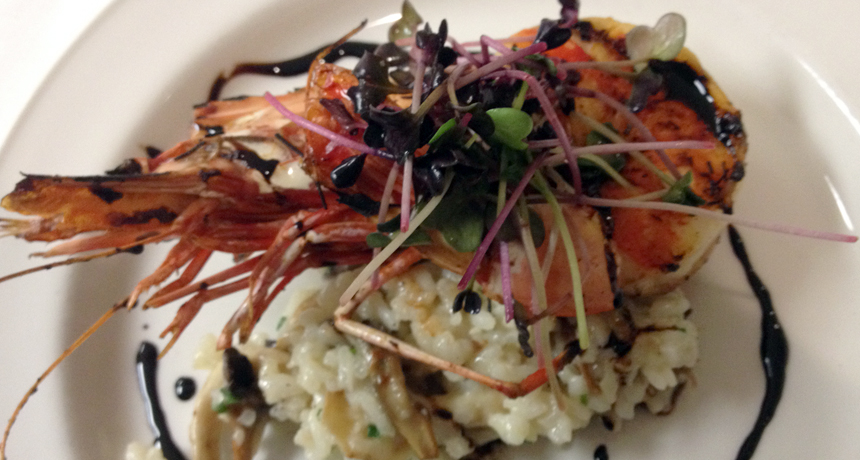
Tiger prawn served above a bed of mushroom-laced rice. This crustacean, a native of Asian waters, has been cannibalizing shrimp in the Gulf of Mexico.
J. Raloff
By Janet Raloff
NEW ORLEANS — Invasive species are foreign immigrants that move in and then bully the natives. Once this happens, scientists or land managers may try to eradicate the newcomers — often without success.
Lately, environmental scientists have suggested another tactic: “If you can’t beat ‘em, eat ‘em.”
The Society of Environmental Journalists, or SEJ (of which I am a founder), invited several restaurants in New Orleans, La., to show a group of journalists just how tasty that phrase can be. Chefs were asked to add species such as nutria and Formosan termites to their menu, if only for one night. All refused — except Johnny Blancher of Ye Olde College Inn.

On September 5, taxis ferried 23 of us from the SEJ national meeting to the Blancher family’s restaurant. There, the chef treated us to a special four-course meal.
In all honesty, most of us were pretty squeamish about the idea of eating bugs and “rats” and feral pigs. But we shouldn’t have been. This experiment proved totally scrumptious!
‘Rats’ in the appetizer
Nutria are a 13.5-kilogram (30-pound) rodent native to South America. Also called coypu, people began importing these animals into the United States more than a century ago. Fur “farmers” had hoped to breed them — and then use their pelts for coats, hats and other goods. But the species essentially got even. Some of the fast-breeding animals got loose. They soon grew in number. And before long, they started eating holes in coastal ecosystems around the nation.
The big rodents remove so many local plants that some regions can take on a bare-earth appearance. Bare soils become vulnerable to erosion, washing away when it rains. Native plants may disappear.
Governments have tried to get rid of the nuisance nutria. Some have even put a bounty on the animals’ heads — and pelts. But this tactic never recruited enough hunters to make a dent in nutria numbers. So the rodent’s populations have soared into the millions.
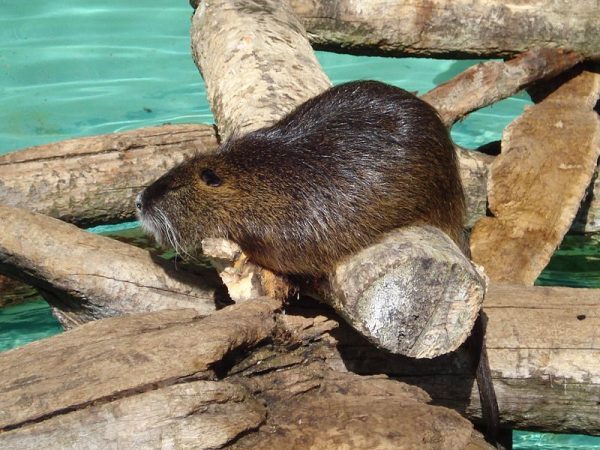
Blancher turned his nutria meat into an appetizer: a “tamale pie.” This savory cornmeal bread was served atop a sauce made from green onions. Sunflower sprouts topped the dish. Everyone could be seen picking through the delicious bread looking for evidence of the rodent they couldn’t taste.
The centerpiece of the meal’s next course was a charbroiled tiger prawn. These hand-sized mega-shrimp are native to Southeast Asia. Since arriving in the Gulf of Mexico, they have been reviled for cannibalizing native shrimp species. Blancher served the meaty, smoke-flavored prawn whole (so yes, you had to snap off the head and shell it before eating). The crustacean arrived covering a heaping helping of risotto, a rice dish containing wild mushrooms and flavored with truffles.
Atop the prawn was a nest of another invasive species — fresh purslane. This plant is native to India and Persia (ancient Iran). In the United States, this plant spreads like wildfire into areas where no gardener or rancher would want it. The good news: It tastes delicious as a salad green. (“It’s loaded with vitamins and I’m hearing it’s going for $18 a pound in New York City,” Blancher noted.)
The chef had wanted to make a side dish out of water hyacinth, an even bigger botanical bully. It clogs canals and bayous throughout Louisiana. In the end, he had to shelve the idea. It simply tasted too nasty — like dirty river water, he said.
The main course contained wild boar served two ways. These animals were imported long ago from Europe as farm pigs. Then they went wild. In Louisiana, they now root in the ground for food. In the process, they can put a hole in the levees built to keep rivers in their banks (nutria also sometimes do this).
Our meal came from a 125-pound animal. A trapper had captured it as a young pig. Then he farm-reared it to adulthood on healthy feed (without the pesticides, crude oil or germs it might encounter while foraging in the wild). Many feral (wild) boars carry diseases. That’s why Blancher went to a farmer. This boar may no longer have been totally wild, he conceded, but “at least nobody is going to die from eating it.”
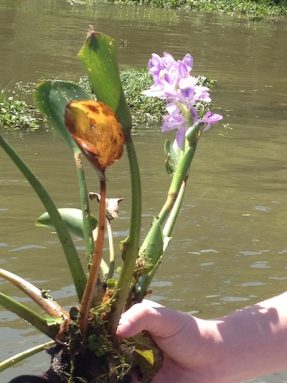
The recipe Blancher used to cook the pig was a variation of a traditional Cajun dish. A toasted cake of pork was topped with a preparation similar to pulled pork. Our meat came topped with another sprinkling of purslane.
Our last course was cobbler made from fresh Alabama peaches and topped with a sugary streusel topping. But the streusel was laced with extra protein: Formosan termites. How much of an “ick factor” did Blancher encounter working with the bugs? “None,” he said smiling.
We all looked closely at the topping before he started spooning the cobbler out — and there were no visible termites. The dessert’s texture totally masked the bugs’ presence.
Beyond this meal . . .
Blancher admitted he’d never thought about cooking with invasive species. He certainly had never considered serving them at his restaurant. But “this menu turned out so good that I’m thinking about it now,” he said.
And there are plenty more environmental bullies that he and other cooks might bring to the dinner table — such as the stunningly gorgeous red lionfish. Huge numbers of these brightly colored Asian fish have made American waters their home. Tropical fish owners likely released some to give their pets a chance at life in the wild. Unfortunately, the fish reproduced rapidly. They also have been speading widely. Today, they range from the northern waters off of South America to New York. With a big appetite, they’ve been gobbling up the young of prized native species, from groupers and snappers to seahorses, damselfish, shrimp and crabs.
Marine scientists have argued that if people could learn to appreciate the flavor of these fish, diners might create a big market for them. And that might encourage anglers to mine this ocean pest from coastal U.S. waters. To encourage that, the Reef Environmental Education Foundation has compiled a book of recipes. Its website even lists 49 restaurants that now serve this eco-bully.
But all invasive species won’t be so easy to catch or turn into meals that appeal to people.
The Burmese pythons breeding throughout the Florida Everglades, for instance, are cryptic — meaning well camouflaged. The extremely muscular reptiles also can weigh more than 150 pounds (68 kilograms) and span more 15 feet (4.6 meters). So catching them can be a challenge, if not downright dangerous.
When chefs were charged with developing recipes for the sea lamprey, which is a parasite of fish in the American Great Lakes, they got pushback from diners. Taste testers complained the animals’ flesh tasted like, well, “dirt.” And at the other end of the size spectrum is another Great Lakes invasive species: the fishhook waterflea (Cercopagis pengoi). Up to 80 of them, squished side-by-side, would take up just 1 square inch of space (6.5 square centimeters). These European natives arrived in the ballast water of tanker ships from Europe and Asia. Catching them fouls fishing gear, making them a scourge of anglers.
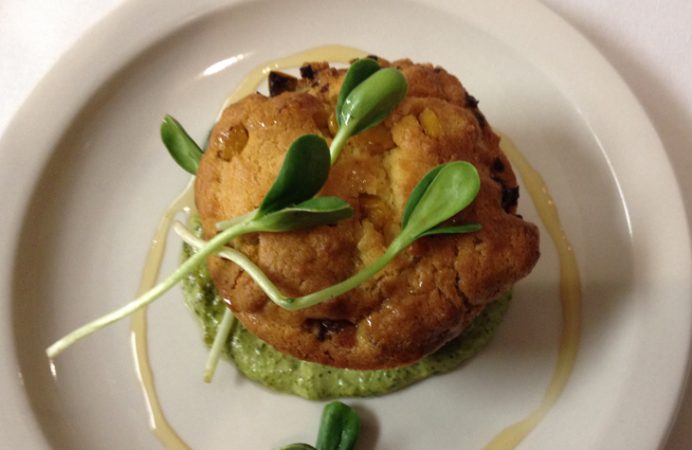
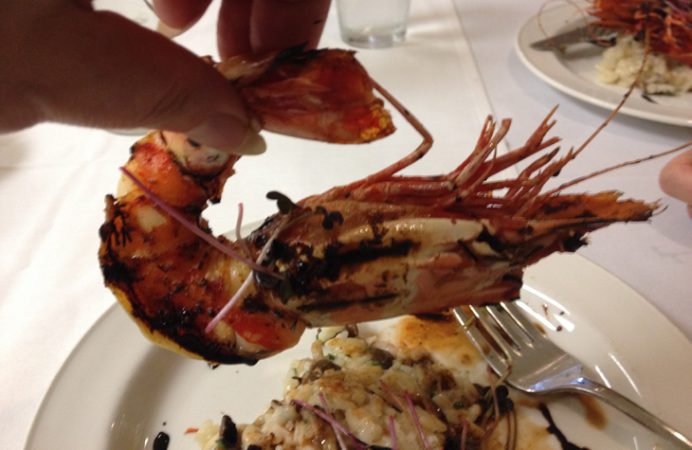
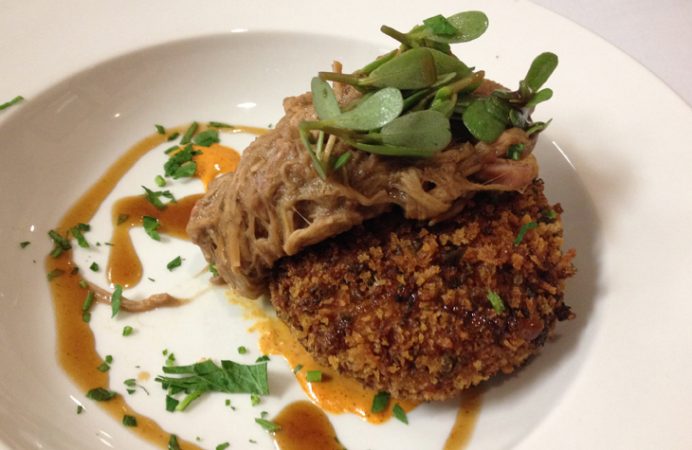
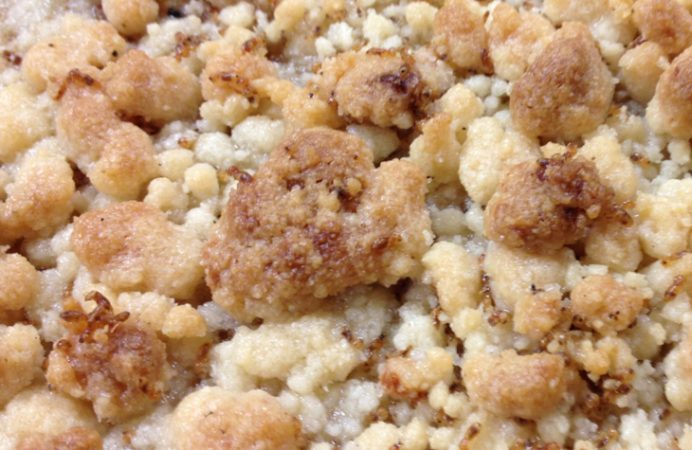

Power Words
angler A term for someone who fishes for food, usually for personal consumption, not on an industrial scale.
ballast water This is water that ships take on to keep them low enough in the water that they remain stable. Tanker ships often take on ballast to replace the weight of goods they have just off-loaded in a port. This water, sucked in from the local river or coastal region, will contain local organisms too, that may later be released half a world away. Ballast water is a leading source of the transport and release of non-native marine species into new ecosystems.
bayou The French-Indian-derived name for smallish, natural rivers that meander through Louisiana.
Cajun Someone in Louisiana who descended from French-speaking people that once lived in Acadia, an eastern region in old Canada.
cannibal A person or animal that eats members of its own species.
crustaceans Hard-shelled water-dwelling animals including lobsters, crabs and shrimp.
ecosystem A group of interacting living organisms — including microorganisms, plants and animals — and their physical environment within a particular climate. Examples include tropical reefs, rainforests, alpine meadows and polar tundra.
environmental science The study of ecosystems to help identify environmental problems and possible solutions. Environmental science can bring together many fields including physics, chemistry, biology and oceanography to understand how ecosystems function and how humans can coexist with them in harmony.
eradicate To deliberately eliminate or wipe out, such as a population of vermin (rats or cockroaches, for instance) inhabiting a particular site.
erosion The process that removes rock and soil from one spot on Earth’s surface and then deposits the material elsewhere. Erosion can be exceptionally fast or exceedingly slow. Causes of erosion include wind, water (including rainfall and floods), the scouring action of glaciers, and the repeated cycles of freezing and thawing that often occur in some areas of the world.
feral Animals that were once domesticated but now run wild. Examples may include feral dogs, horses or pigs.
forage To search for something, especially food.
invasive species (also known as aliens) A species that is found living, and often thriving, in an ecosystem other than the one in which it evolved. Some invasive species were deliberately introduced to an environment, such as a prized flower, tree or shrub. Some entered an environment unintentionally, such as a fungus whose spores traveled between continents on the winds. Still others may have escaped from a controlled environment, such as an aquarium or laboratory, and begun growing in the wild. What all of these so-called invasives have in common is that their populations are becoming established in a new environment, often in the absence of natural factors that would control their spread. Invasive species can be plants, animals or disease-causing pathogens. Many have the potential to cause harm to wildlife, people or to a region’s economy.
native Associated with a particular location; native plants and animals have been found in a particular location since recorded history began. These species also tend to have developed within a region, occurring there naturally (not because they were planted or moved there by people). Most are particularly well adapted to their environment.
population A group of individuals from the same species that lives in the same area.
purslane A low-growing succulent plant that is native to India and Persia. In North America, it has been spreading like a weed, choking out native plants. It is high in vitamins and tastes a bit like watercress, so some people have been looking to make it a type of specialty salad green.
prawn A large marine crustacean that resembles a shrimp. The term is also applied to some large species of shrimp.
predator (adjective: predatory) A creature that preys on other animals for most or all of its food.
proteins Compounds made from one or more long chains of amino acids. Proteins are an essential part of all living organisms. They form the basis of living cells, muscle and tissues; they also do the work inside of cells. The hemoglobin in blood and the antibodies that attempt to fight infections are among the better known, stand-alone proteins.Medicines frequently work by latching onto proteins.
rodent A gnawing mammal of an order that includes rats, mice, squirrels, hamsters, porcupines and their relatives, distinguished by strong, constantly growing incisors and no canine teeth. They are the largest order of mammals.
scourge A person or other organism that inflicts pain on those around it or threatens their success and wellbeing.
termite An ant-like insect that lives in colonies, building nests underground, in trees or in human structures (like houses and apartment buildings). Most feed on wood.
truffle An especially aromatic and somewhat rare form of fungi used in cooking.







